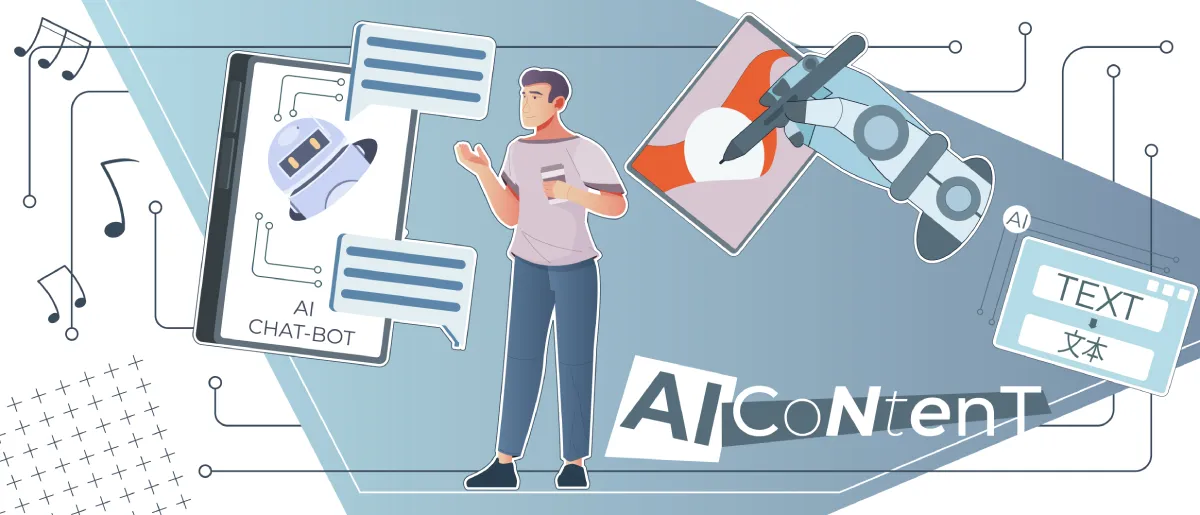How to Detect AI-Generated Content: Tools and Techniques
More and more sites print machine-written text each week. Some of it is flawless at first sight. Then something is not quite right. The tone is level. The concepts are repetitive. The phrases read clean but hollow.
Writers. editors. And marketers are starting to notice the problem. If no one can tell who wrote what. trust fades. Readers stop believing reviews. brands lose credibility. Even search engines begin to question the source.
Learning how to tell the difference between human and AI writing has become a real skill. The good news is that there are patterns. habits. and digital tools that help spot automated text. This guide walks through the most useful ones and shows how to test them in a clear way. simple way.
Why Detecting AI-Generated Content Is Important
The web is full of quick words made by machines. Without care. This weakens trust and lowers value. Knowing how to find and stop such text keeps brands. schools. and readers are honest and safe.
Here are a few reasons
- keeps trust between writer and reader
- protects tone and real voice
- avoids search engine loss
- blocks fake study or office work
- supports real skill and fair effort
When readers trust that a person wrote the words. They stay longer and believe more. Each real line adds weight. Machine text might fill space. But true writing builds connection and respect over time.
How Do You Know If a Text Was Generated by a Machine?
Reading carefully, small things give away if words were written by a human being or a computer. The tone, rhythm, and flow give cues that even a brief verification can ascertain with experience.
Things to watch for
- Every line sounds too even or perfect
- The text repeats thoughts in new words
- No pause or feeling between ideas
- The facts seem placed but not explained
- The writing lacks a real point of view
These signs do not prove everything, but they raise fair doubt. A short read-through by an editor often finds what a machine hides. If the writing still feels off, run it once through a trusted AI detector tool to confirm before using it.
What Tools Help Detect AI-Generated Content?
When checking if a piece of writing is real, a good tool saves time. It scans word flow, sentence length, and structure to see patterns a reader might miss. These patterns show if the text was made by a person or a machine.
Simple way to check
- Copy a short part of the text and paste it into a trusted AI detecting tool.
- Wait for the score that shows how likely it is to be human or machine-written.
- Review any highlighted areas that look automated or unnatural.
- Read those parts again yourself to confirm before posting or sharing.
One tool that works well for this task is DetectingAi. It gives a quick scan with a clear score and helps writers keep their content clean and true. Always pair the result with your own review. A tool gives signs. A person gives judgment. Together, they keep the writing real.
How to Build a Simple AI Content Detection Workflow
Having the right plan makes AI checks smoother. Instead of guessing each time, a clear routine helps teams stay consistent and catch errors before the work goes live.
Steps for a smooth workflow
- Create a short checklist that fits your writing or editing routine.
- Assign one person to handle the first scan with an AI detecting tool.
- Review flagged lines together to judge tone and clarity.
- Keep a shared file where all reports or notes are saved.
- Set a rule for when text needs to be rewritten or approved.
A clean process saves time and builds trust. When everyone follows the same steps, content stays honest, simple, and easy to check again later.
At the End, why does Human Review Still Make a Difference?
Even with strong software, people remain the final judges of real writing. A machine can test structure or style, but it cannot feel emotion, logic, or intent. A person can. Human review adds the depth that tools miss. It keeps the tone steady and the words alive. It also finds small errors that software might skip.
The role of human review grows as writing tools spread across the web. Editors, teachers, and brand teams now use both skill and sense to confirm what is real. A quick scan through an AI content detection tool helps, but the last decision should always rest with a person. That balance keeps truth, care, and trust inside every line.
Final Thoughts
Writing will keep changing. Machines will get faster. But people still read for meaning. They look for a voice that sounds real. A thought that feels alive. That can’t be built by code alone.
A quick check with an AI detector helps, but it’s only part of the job. The real work is seeing the story behind the words. Keeping that human touch takes time and care. That’s what makes writing worth reading.

Leave a Reply